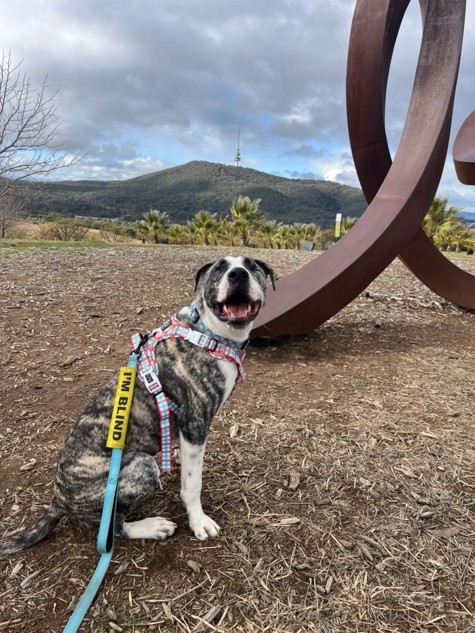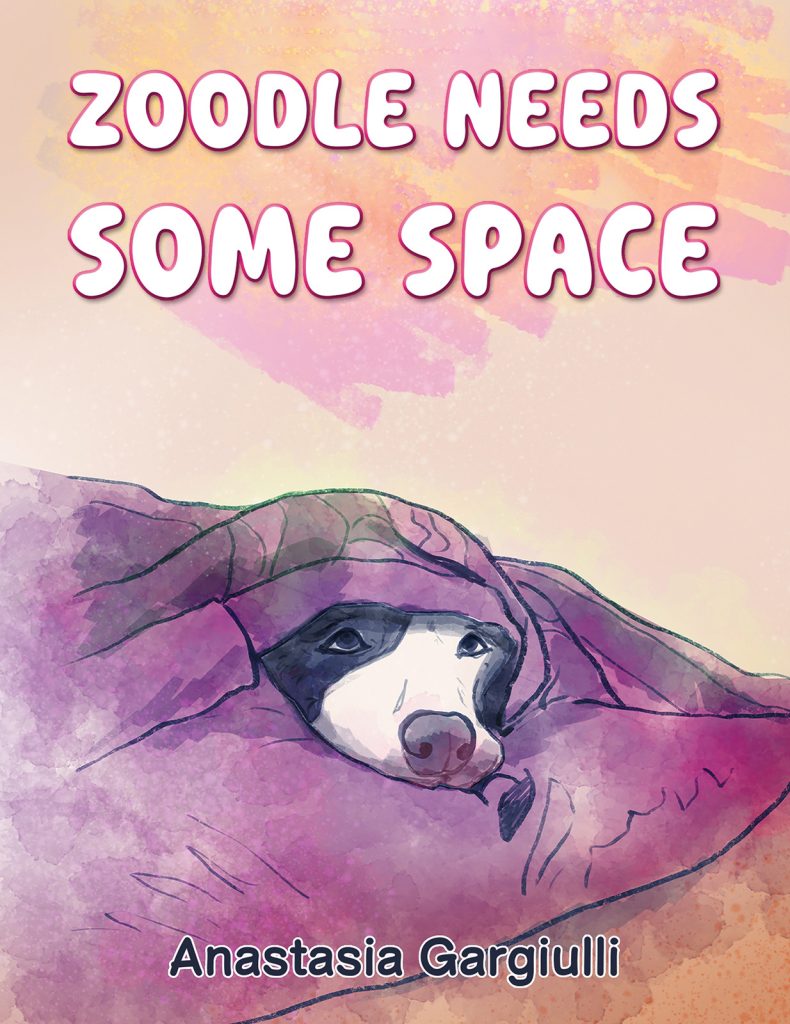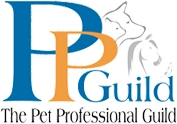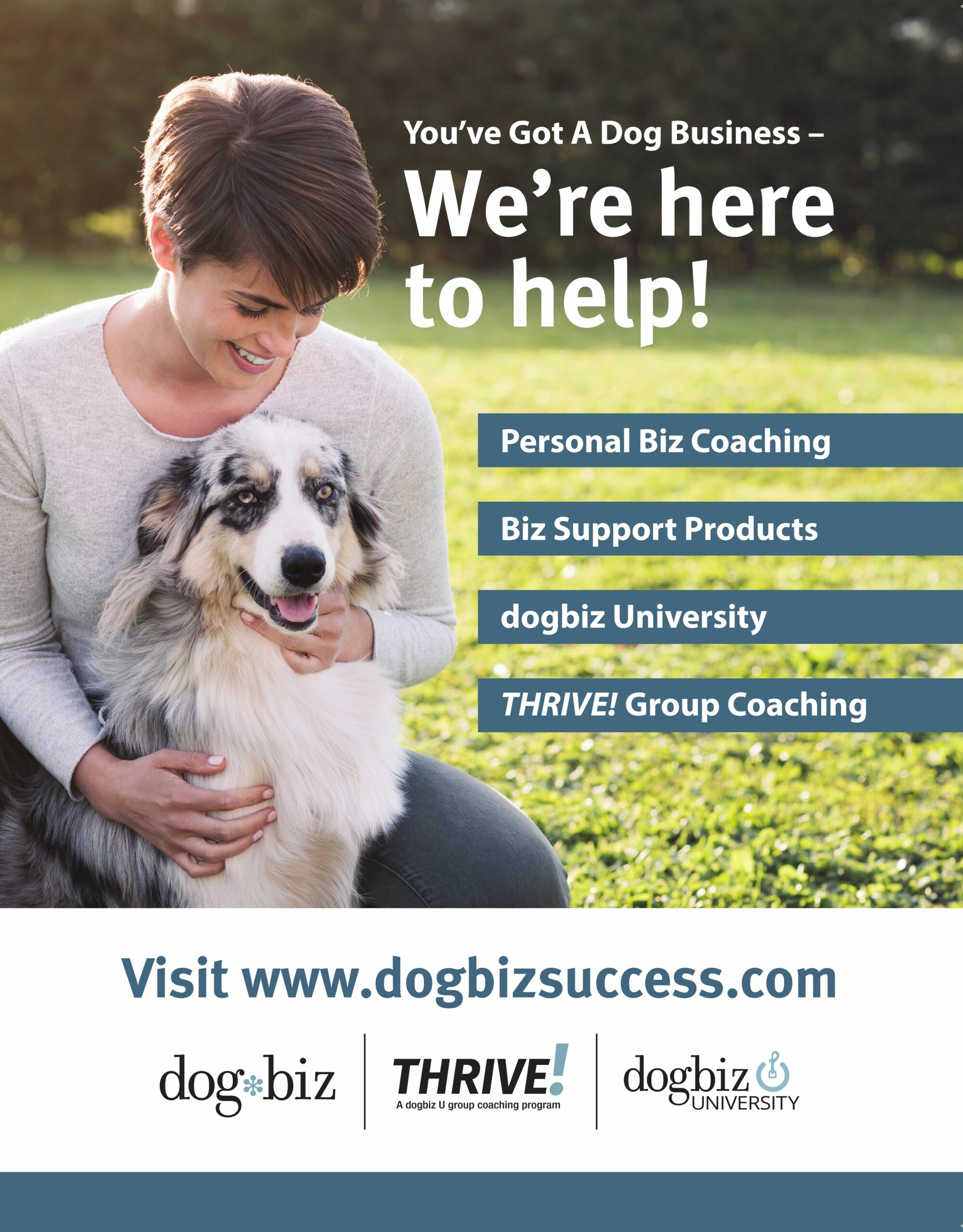Pets and Their People Blog
Without Eyes to See: Adventures with My Blind Puppy
Dogs and humans are both very visual species. We rely on body language so much to understand the context and communication of the world around us.
I can’t even begin to imagine what it would feel like not to have any sight, and for my other senses to be heightened to compensate for it. For my dog Jellyfish, that’s exactly how it is, and yet he is the happiest, most excited little man that I have ever met. Jellyfish loves life.

©Anastasia Gargiulli
Puppy Basics
When I adopted him from the nearby council shelter in early 2024, I had no idea what I was going to do with him. It was a massive learning curve for me, from living with highly reactive geriatric dogs to a blind, super excited puppy!
Online resources were of help, but it was Jelly who taught me everything that I needed to know to help him.
With the help of my family, we toilet trained him in just over a month. As soon as he got into position or began doing his business, we’d take him outside and praise him once he’d ‘gone’ out there. Nothing different to a sighted dog, except it was that much harder to know if he was going to the toilet or simply sniffing the ground searching for his toys!
Verbal Cues for Safety and Fun
He mastered the stairs in a day. We use mats to let him know when he’s approached them, and he can even use unfamiliar stairs on a walk when we say, “Stairs. Up/Down.” When we come to curbs, he can safely navigate them when we say, “Ready…. Up/Down,” and we help him go around obstacles with the words “Right” and “Left.”
The most common word that we use with him is “Careful.” When we say this cue, Jelly will slow down and pay closer attention to his surroundings, as he may be following a smell so intensely, that he doesn’t realize that he’s on a path straight to a tree!
Another one of my favorite (and often used) cues is “Watch out!” I use this caution when Jelly is playing with other dogs, as he may not be aware that a dog is coming to tackle him! For example, my second dog Clyde is very good at hide and seek. He will wrestle with Jelly and then get him interested in chasing him, only to hide under a bush or in plain sight for Jelly to find him. When Jelly is within reach, Clyde silently pounces, and the game begins again. They both love this game, but it does make me feel better if I can warn Jelly just before Clyde tackles him.
Learning Together
These words have replaced his reliance on visual cues from the environment, and we are constantly coming up with new verbal cues to help with specific contexts, such as competitions, photoshoots, workshops, hiking adventures, camping, and classes.
Jellyfish has taught me, and everyone that he has met, just how incredible blind dogs are, not letting his differences affect his quality of life or love for it.
About the Author

Anastasia Gargiulli is a dog lover who enjoys expanding her knowledge on dog behavior, especially dogs’ emotional states and force-free training. She has experience living with reactive dogs, and now spends her days enjoying all the adventures that life has to offer whilst living with her special rescues, one of whom is blind from birth. She is the author of a picture book called Zoodle Needs Some Space, which is about safety around reactive dogs and how they are not bad dogs, but rather they are just sensitive to triggers. Anastasia in the process of writing her next book, which will explore the topic of raising blind dogs.

